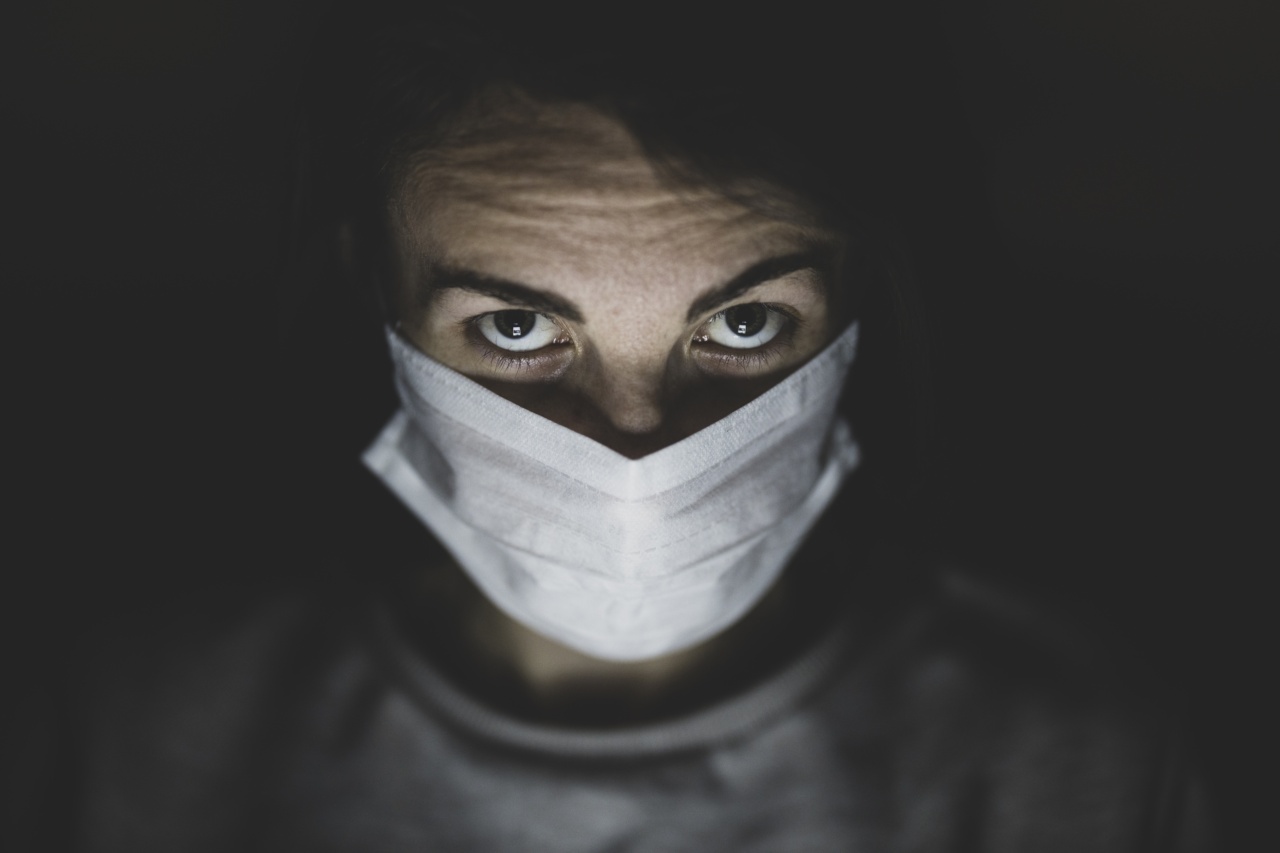Anaphylaxis is a severe, potentially life-threatening allergic reaction that affects both adults and children. It can occur suddenly and progress rapidly, which makes it a medical emergency that requires immediate treatment.
To prevent anaphylaxis, it’s essential to understand its symptoms and risk factors, and take steps to minimize exposure to allergens and have an action plan in case of an emergency.
What is Anaphylaxis?
Anaphylaxis is an acute allergic reaction that may occur in response to food, medication, insect stings, latex, or other triggers.
The immune system releases a flood of chemicals, including histamine, in response to the allergen, causing swelling, inflammation, and a sudden drop in blood pressure. The symptoms of anaphylaxis can affect multiple organs and systems, including the skin, respiratory system, cardiovascular system, and gastrointestinal system.
What are the Symptoms of Anaphylaxis?
The symptoms of anaphylaxis vary from person to person and may develop within seconds or minutes after exposure to an allergen. They may range from mild to severe and include:.
- Skin rash or hives
- Swelling of the face, lips, or tongue
- Difficulty breathing or wheezing
- Tightness in the chest or throat
- Nausea, vomiting, or diarrhea
- Dizziness or lightheadedness
- A rapid or weak pulse
- Loss of consciousness
Even if the initial symptoms are mild, they can worsen rapidly, leading to anaphylactic shock and death.
Who is at Risk for Anaphylaxis?
Anyone can develop anaphylaxis, but people with a history of allergies, asthma, or anaphylaxis are at higher risk. Some of the factors that can trigger anaphylaxis include:.
- Foods, such as peanuts, tree nuts, fish, shellfish, milk, eggs, and soy
- Medications, such as antibiotics, aspirin, and non-steroidal anti-inflammatory drugs (NSAIDs)
- Insect venom, such as from bees, wasps, hornets, yellow jackets, and fire ants
- Latex
- Exercise
- Cold temperatures
- Alcohol consumption
If you have a history of severe allergic reactions or anaphylaxis, you should wear a medical alert bracelet or necklace and carry an epinephrine auto-injector (EpiPen) with you at all times.
You should also inform your family, friends, and coworkers about your condition and teach them how to use the EpiPen in case of an emergency.
How is Anaphylaxis Treated?
If you suspect that you or someone else is experiencing anaphylaxis, call 911 or go to the nearest emergency room immediately. Anaphylaxis requires prompt treatment to prevent complications and death.
The first step is to administer epinephrine (adrenaline) using an auto-injector, such as EpiPen, if available. Epinephrine can reverse the symptoms of anaphylaxis by constricting blood vessels, relaxing airway muscles, and increasing heart rate and blood flow to vital organs.
Other treatments for anaphylaxis may include:.
- Oxygen, if breathing is difficult
- Intravenous fluids, if blood pressure drops
- Antihistamines and corticosteroids to reduce swelling and inflammation
- Bronchodilators to open the airways
- Ventilator support, in severe cases
After receiving treatment for anaphylaxis, you should avoid the allergen that triggered the reaction and follow up with your doctor. You may need further testing and treatment to identify and manage your allergies.
Preventing Anaphylaxis
The best way to prevent anaphylaxis is to avoid the allergens that trigger the reaction. Here are some tips:.
- Know your triggers: If you have a history of allergies, asthma, or anaphylaxis, work with your doctor to identify the triggers that cause your symptoms. Keep a record of your symptoms and what you were exposed to before the reaction.
- Avoid allergens: Once you know your triggers, take steps to minimize exposure to them. For example, read food labels carefully, avoid cross-contamination in food preparation, and wear protective clothing if you’re allergic to latex. If you’re traveling, research the allergen risks in your destination and pack the necessary medications and supplies.
- Carry an EpiPen: If you’re at risk for anaphylaxis, carry an EpiPen with you at all times, and make sure your family, friends, and coworkers know how to use it in case of an emergency.
- Wear a medical alert bracelet or necklace: A medical alert bracelet or necklace can alert others to your condition and help emergency responders provide appropriate treatment.
- Get vaccinated: If you’re allergic to insect venom, talk to your doctor about allergy shots (immunotherapy) to reduce your sensitivity. You should also get vaccinated against the flu and pneumonia to prevent infections that can exacerbate your allergies.
By taking these steps, you can reduce your risk of anaphylaxis and manage your allergies safely and effectively.
Conclusion
Anaphylaxis is a serious allergic reaction that can be life-threatening if not treated promptly. Anyone can develop anaphylaxis, but people with a history of allergies, asthma, or anaphylaxis are at higher risk.
To prevent anaphylaxis, it’s important to know your triggers, avoid allergens, carry an EpiPen, wear a medical alert bracelet or necklace, and get vaccinated. If you experience symptoms of anaphylaxis, seek emergency medical attention immediately. With proper management and treatment, you can live a healthy and active life despite your allergies.






























